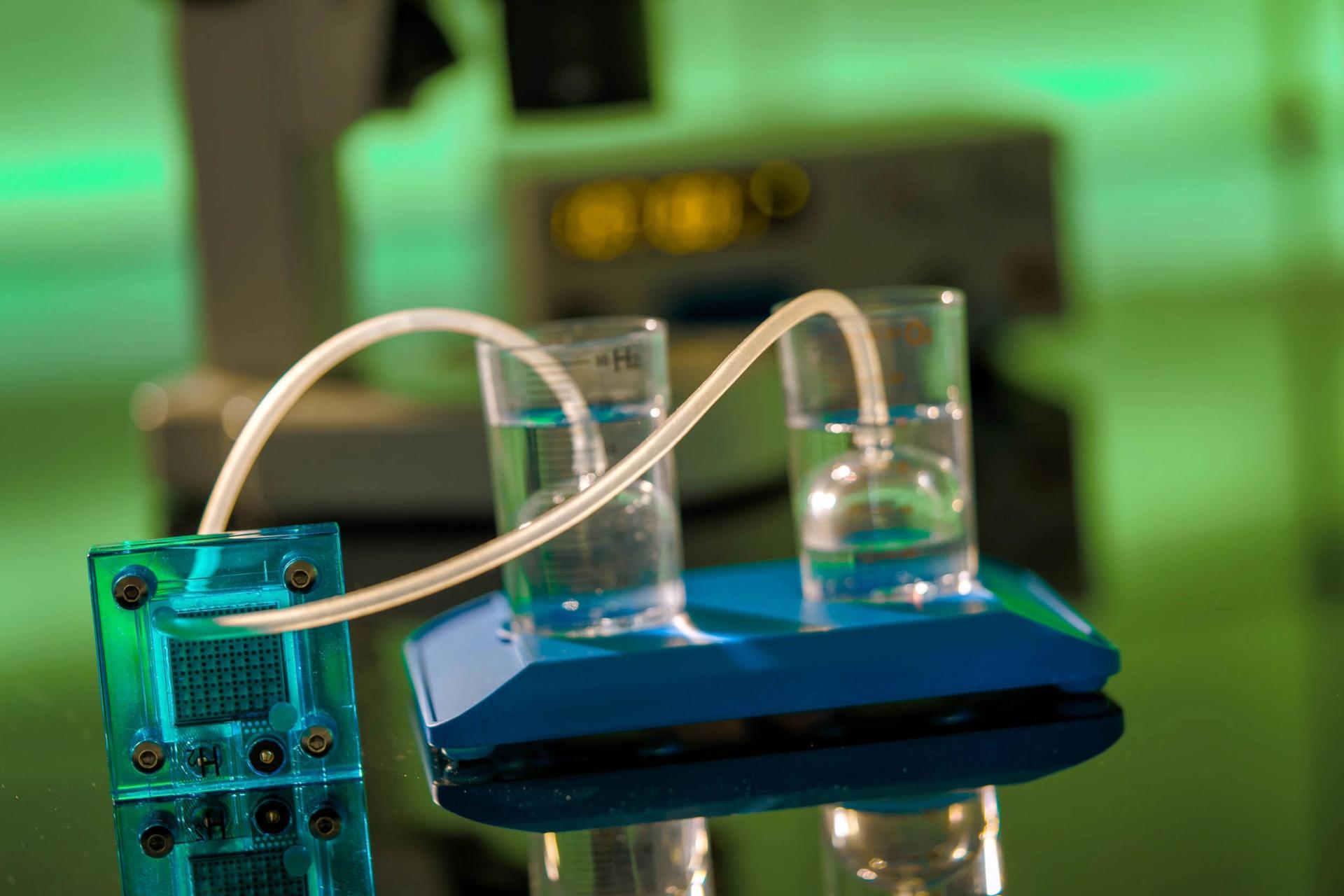What are green and sustainable solutions according to Business Norway?

The first 10 categories below primarily address positive environmental impacts, while the last four primarily address positive societal impacts.
It is a requirement that solutions do not have a negative impact on the environment and do no significant harm in any of the categories.
It is a requirement that each solution contributes to the achievement of at least one of the 17 UN Sustainable Development Goals.
Please note that solutions whose intention is to increase the efficiency of and reduce emissions from oil and gas recovery, even if they in themselves are green and have a sustainable business model, are not eligible for publication on Business Norway.
The above holds true for solutions designed to increase the efficiency of other traditional industries.
Categories and examples
1. Reduction of greenhouse gas emissions.
Solutions that reduce greenhouse gas emissions directly or indirectly.
2. Reduction of air pollution.
Solutions that improve air quality by reducing pollutants such as NOₓ, SO₂, VOCs and particulate matter, etc.
3. Renewable energy production.
Solutions that enable the implementation of renewable energy in the energy mix. Includes smart energy systems, energy storage, enabling technologies and solutions that reduce the cost of renewable energy production.
4. Waste to energy.
Solutions that convert waste, sewage sludge, waste heat and exhaust gas, etc. to energy.
5. Energy efficiency.
Solutions that improve energy efficiency in buildings, industry, transportation and infrastructure, etc.
6. Improved utilisation of renewable bio-based resources.
Solutions that enable sustainable use of renewable bio-based resources, preserving life on land and under water. Includes environment-friendly solutions for agriculture, aquaculture and fisheries.
7. Improved utilisation of inorganic resources, minerals and other non-renewable resources.
Solutions that enable sustainable use of non-renewable resources, including solutions that increase efficiency and reduce environmental impact in the process industry. Does not include solutions whose intention is to increase the efficiency of and reduce emissions from oil and gas recovery.
8. Material recovery.
Solutions that promote the principles of the circular economy: reduce, reuse and recycle. Solutions that improve utilisation of residual raw materials. Does not include waste-to-energy solutions.
9. Water and wastewater treatment.
Solutions that reduce emissions to water. Solutions for water purification, wastewater treatment and sustainable production of freshwater.
10. Reduced use of chemicals, antibiotics and other hazardous substances.
Solutions that reduce the need for, replace or enable safe handling or treatment of hazardous chemicals or antibiotics, directly or indirectly.
11. Health and well-being.
Health technology, welfare technology, e-health and health-promoting food ingredients. Solutions that reduce illnesses, injuries and deaths, improve indoor air quality, and ensure access to clean water. Solutions that improve food safety and food security. Other solutions that promote healthy lives and well-being for all.
12. Safety and societal security.
Solutions that ensure safe labour conditions in manufacturing, construction and other industries. Solutions for transport safety, fire safety, etc. Solutions that promote safer and more resilient cities and communities. Cybersecurity solutions. Does not include weapons or weapon-related solutions.
13. Animal welfare and biodiversity.
Solutions that improve the welfare of livestock, wild-caught and farmed fish. Solutions that protect and restore ecosystems and conserve biodiversity, etc.
14. Education technology and e-learning.
Solutions that promote safe, nonviolent, inclusive and effective learning environments for all, enhance scientific research, or improve access to information. Does not include schools or other educational institutions.

Submit a solution
Want to have your own article on Business Norway? Register your interest and we’ll get in touch.